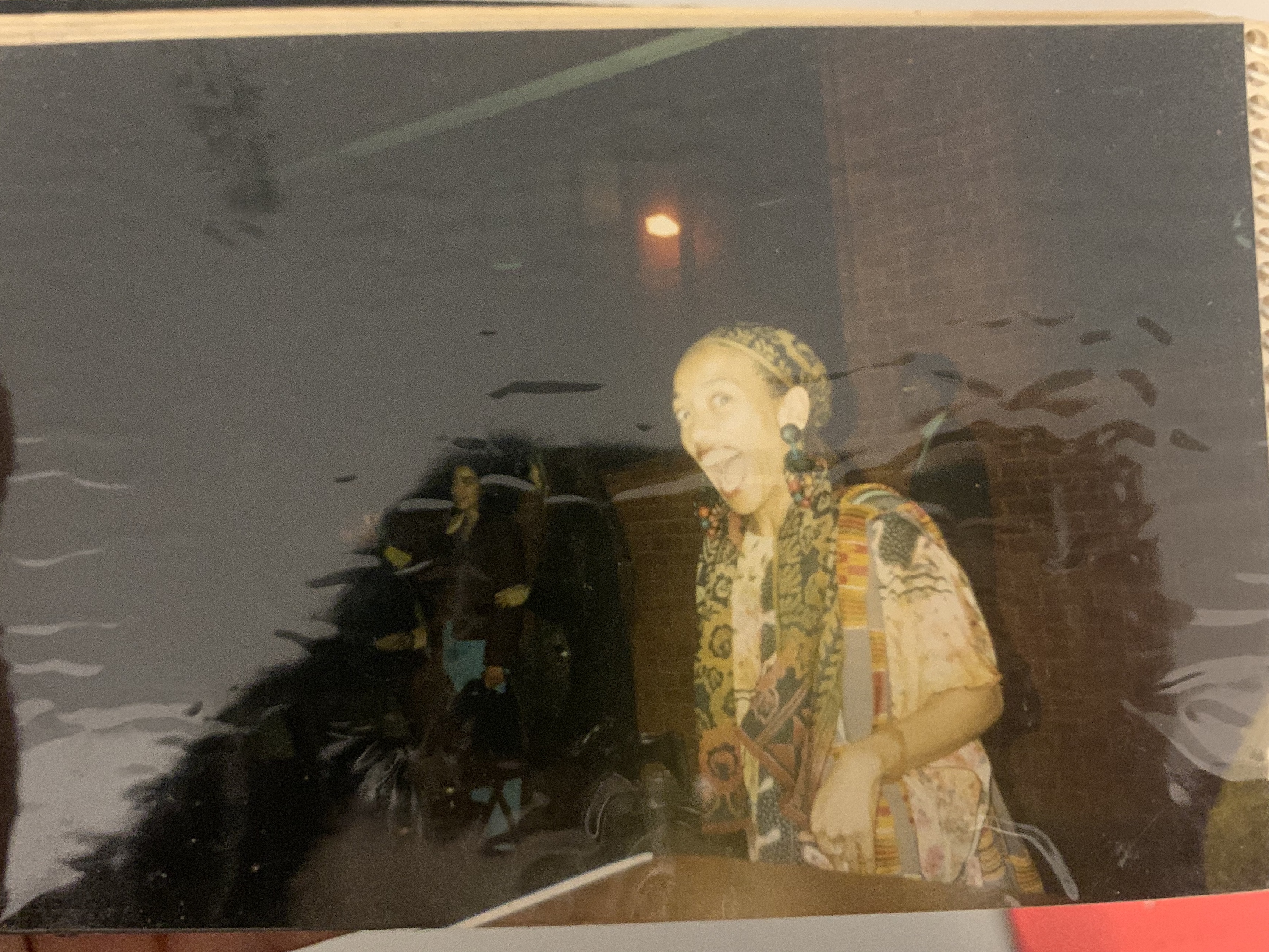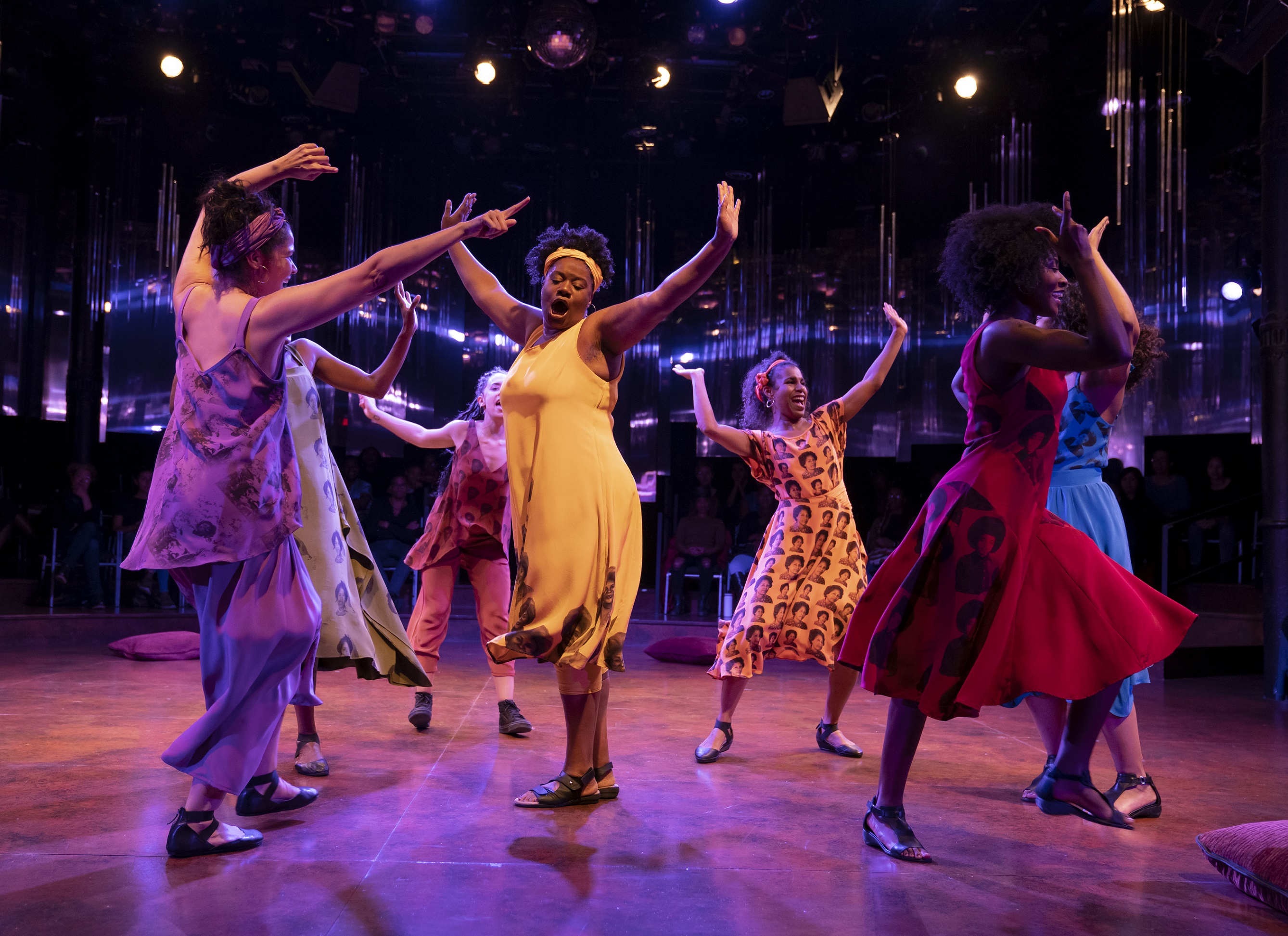i realized that i wrote differently and more forcefully after
class / that the movements propelled the language and/or the
language propelled the dance / it is possible to start a phrase with
a word and end with a gesture / that’s how i’ve lived my life /
that’s how i continue to study / produce black art.
Reading “why i had to dance” so early in the semester was so important to my initial understanding of Shange. I came to the class knowing very little about her. I basically just knew that she’d written for colored girls and that she was a Barnard alumna. In these short pages, I felt like I learned so much about Shange- her passions, her family and upbringing, her love for dance, how she connects all of these aspects of her life and her art. In a way, I think of this as being an autobiography that allows us to learn about her as a person, rather than what you would see in a bio that would just include major life moments and accomplishments. This piece really provided me with the context on who Shange was that would be so crucial to my understanding of and connecting with her work throughout the rest of the semester. I can imagine that Barnard faculty (particularly those who may not know much about Shange beyond for colored girls) would really benefit from having this piece in the collection. This would provide everyone with an understanding of her life and work that could foreground later conversations, particularly since this collection of work will be focusing on texts outside of her most famous and well-known ones. The pieces does not only highlight the common themes of dance, poetry, geography, race, and familial relations that are present in Shange’s writing, but it also emphasizes the way that Shange connecting these types of art.








